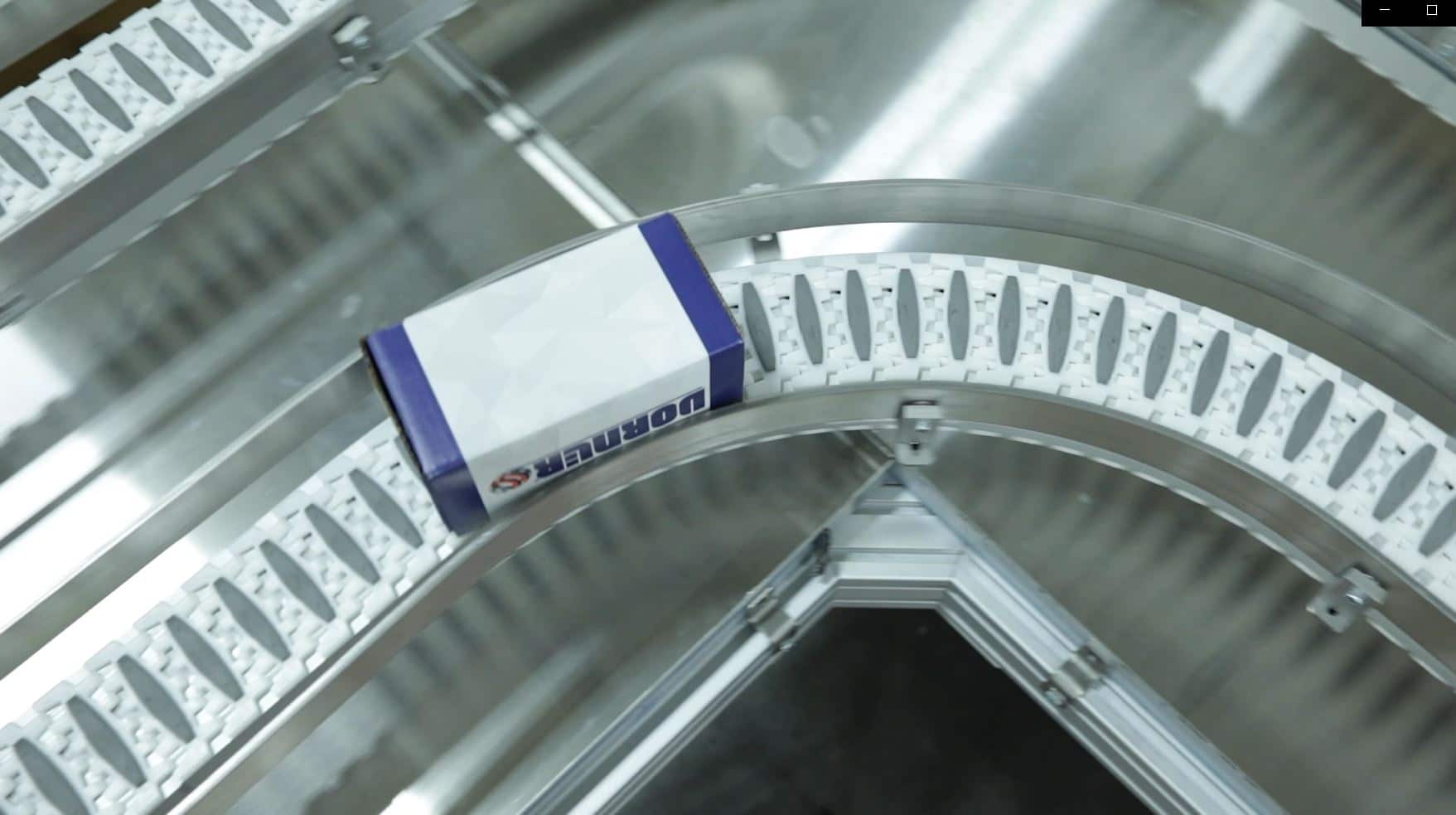
The boom of e-commerce in recent years has allowed consumers to buy almost anything and have it delivered anywhere around the world without leaving the comfort of their homes. Additionally, companies at the forefront of e-commerce have facilitated the ongoing demand that delivery times be shorter and shorter, with some even offering same-day delivery!
This change from traditional retail environments has been good for consumers, but challenging for retailers and suppliers to keep both prices and delivery times down. It has spurred on significant changes in warehousing, from the way they’re managed all the way to where and how they’re built.
As an intelligent motion company, we get an inside peek at many different industries, and these are a few of the areas we see growing in warehousing development and management in the future.
Growth of Automation
If the pandemic has taught us anything, it’s that automation is the way of the future. Not only can automating manufacturing and logistics help companies maintain productivity through staffing shortages and other unforeseen challenges, but it can also improve lead times and accuracy in operations.
In warehousing, automation can help speed up the picking and packing process, while also improving accuracy and efficiency. The popularity of e-commerce means retail suppliers have moved away from shipping large quantities of the same product to brick-and-mortar stores, to shipping individual items directly to consumers. Rather than staff locating and picking several different products that may be across the warehouse for one order, the use of an automated picking system, such as AGVs, vertical storage systems, or a network of conveyance lines, can speed up order processing and packaging while still maintaining a high level of accuracy.
IoT and Warehouse Management Software Expansion
To aid in tracking products throughout the picking and packing process, as well as managing warehouse inventory, some companies are turning towards innovative warehouse management software and IoT (internet of things) technology. With RFID tags or other unique product IDs used throughout warehouse inventory, automation tools such as scanner integrated conveyors can index, sort, and monitor product as it moves throughout the warehouse and shipping process.
Some of the leaders in warehousing and consumer goods distribution are already utilizing full IoT systems to track product, monitor inventory, and even measure machinery performance. A completely integrated warehouse management system like this puts important data in one place so it’s easy to put the data to work towards meaningful development and growth of the facility.
Warehouse Storage is Going Vertical
Finally, with available commercial space shrinking every day, sprawling warehouses are becoming more difficult to achieve. However, retailers still need to maintain a huge range of products in their warehouse inventory to keep up with consumer demand. The solution to this challenge is a growing adoption of vertical storage systems.
Offering a compact solution to sorting and storing product, automated vertical storage can be easily integrated within a warehouse to make moving product from the shelves to conveyors and through packaging simple, accurate, and fast.
Plan for the Future
Automating warehouse operations can help improve throughput, efficiency, and accuracy. Whether it’s switching over the entire warehouse to a completely automated system or automating small processes, it can make a significant difference for companies.
Dorner is here to help you design and build custom conveyor systems to automate your warehouse and logistics processes. Our team will work with you to help determine what system will meet your needs and improve product throughput in the warehouse. Contact us to learn more and get a free quote.





